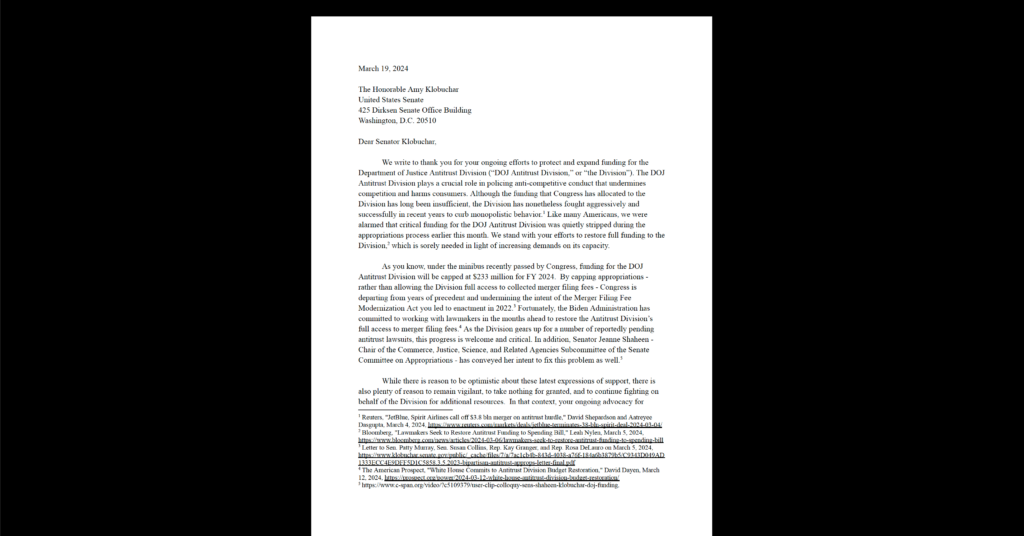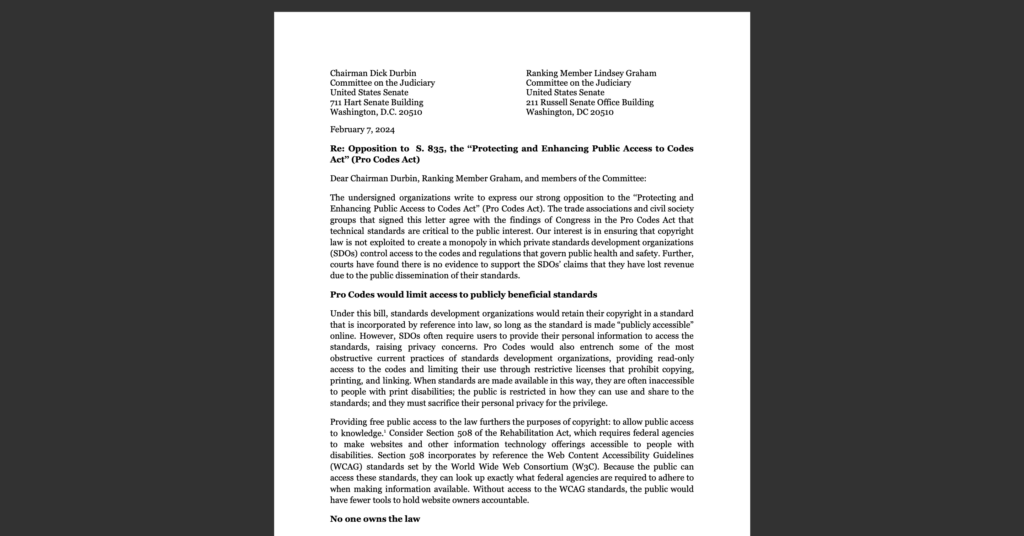The DMCA and Carterphone’s B-Side
The Copyright Office recently held its triennial hearings on exemptions to the Digital Millennium Copyright Act’s prohibition on circumventing technical protection measures for copyrighted works. The Office is charged under the DMCA with issuing exemptions for specific classes of works where non-infringing uses will be adversely affected by the prohibition. For most of the classes of works under consideration this year, it seems the Copyright Office would be in familiar territory, focusing on users’ ability to read, view, listen, or interact with creative works. However, with one class – cell phone unlocking – the questions raised seem more at home in telecommunications and network neutrality policy than copyright policy.
The Office is reconsidering an exemption it granted in 2006 that protected individuals from liability for breaking a firmware lock on a cell phone in order to use the phone on another phone network. At that time, no one opposed the exemption in time for their objections to be considered; this time, CTIA – The Wireless Association, Virgin Mobile, and others have voiced opposition, in part because of copyright-related concerns, but primarily to preserve a business model built around recouping hardware subsidies that some argue limits consumer choice.
While it’s true that phone-network locks do protect copyrighted firmware, I have a hard time seeing a compelling copyright interest in their use. There is hardly a market for such firmware independent of the handsets themselves that circumvention would undermine. Moreover, the 2006 exemption narrowly applies to those cases when the circumvention is only accomplished to use a phone on a particular network that it has been locked out of.
Users who might seek to make more piratical uses, such as redistributing the unlocked firmware or software or developing derivative works, could still be liable for the circumvention. Thus the copyright interest would still be protected. What larger copyright purpose is served by locking users to one wireless network? CTIA argues that lock-in enables carriers to invest, through phone subsidies, in the development of new phones and copyrighted operating system software, but it’s not clear that DMCA enforcement is necessary to enforce lock-in. Service contracts and early termination fees guarantee carriers’ recoupment of their subsidies, regardless of whatever additional protection anti-circumvention law provides.
In its comments, Virgin Mobile describes how circumvention of its phones’ locking mechanism also exposes other copyrighted material stored on the phone to potential infringement, but this seems a secondary interest. In fact, one opposition panelist at last Friday’s hearing admitted as much, calling holders of copyrights in ringtones and the like the tail, not the dog, in this fight.
The arguments against the proposed exemptions center more on carriers’ business models than on protecting a copyright interest in phones’ firmware. Carriers are concerned with recouping handset subsidies and leveraging exclusive phone offers to gain a competitive advantage. The DMCA should have little to do with these issues. Indeed, the question of whether carriers should exercise control over the phones that connect to their networks is one that has been introduced before the Federal Communications Commission, arguably a better venue than the Copyright Office. The FCC’s landmark Carterphone ruling in 1968 dealt with this issue’s precise inverse: Ma Bell’s locking telephone subscribers into the use of a narrow choice of phones. With Carterphone, the FCC opened the network to third-party devices, which led directly to innovations such as cordless phones and fax machines. With cell-phone locks, the mechanism is reversed, but the effect is the same: a closed system of linked phones and networks that may well limit similar innovations.
The idea of a ‘wireless Carterphone‘ has been bubbling up in recent years and remains an open issue before the FCC. While the analysis will not be the same as under the late-60’s Bell monopoly, maintaining a copyright-based anti-circumvention hurdle to unlocking cell phones seems unnecessary and may interfere with telecom policy objectives. The best thing for the Copyright Office to do would be to keep copyright out of the way. To the extent that the Register of Copyrights, ignoring the non-copyright arguments, is persuaded that porting a phone to another network is non-infringing, the narrow exemption should again be granted, leaving telecom issues to the telecom regulators.


